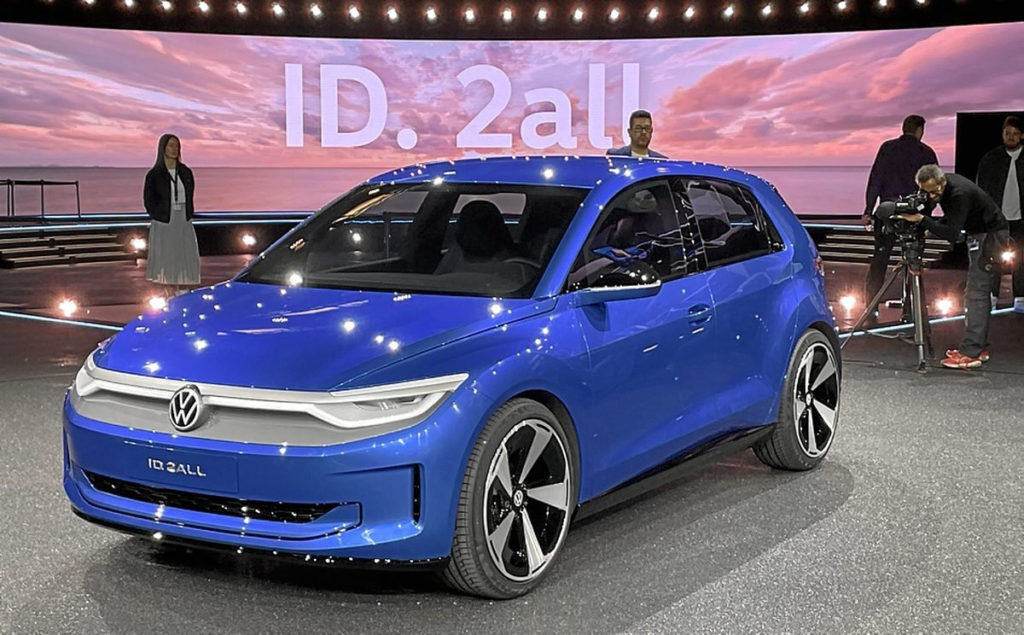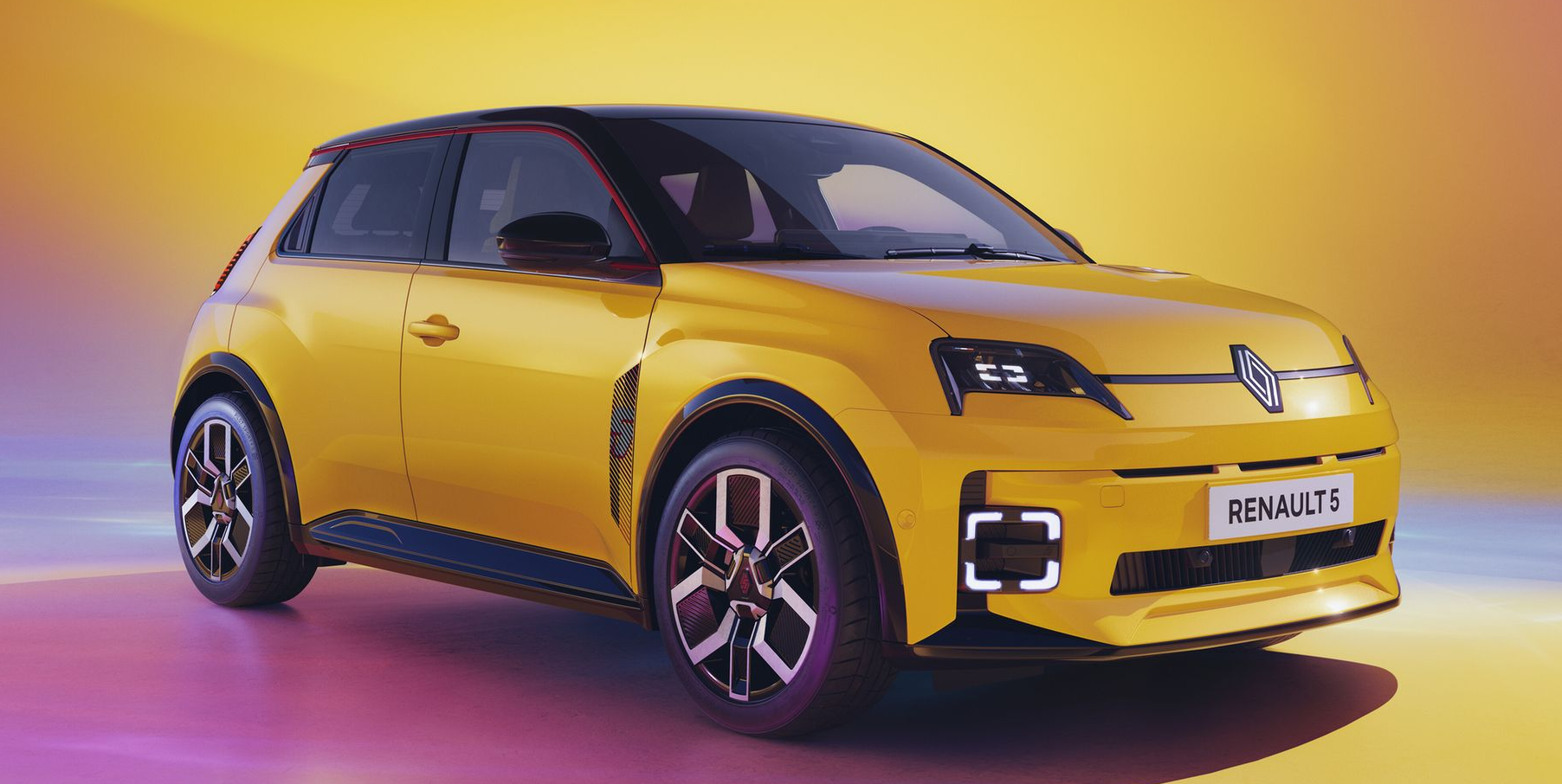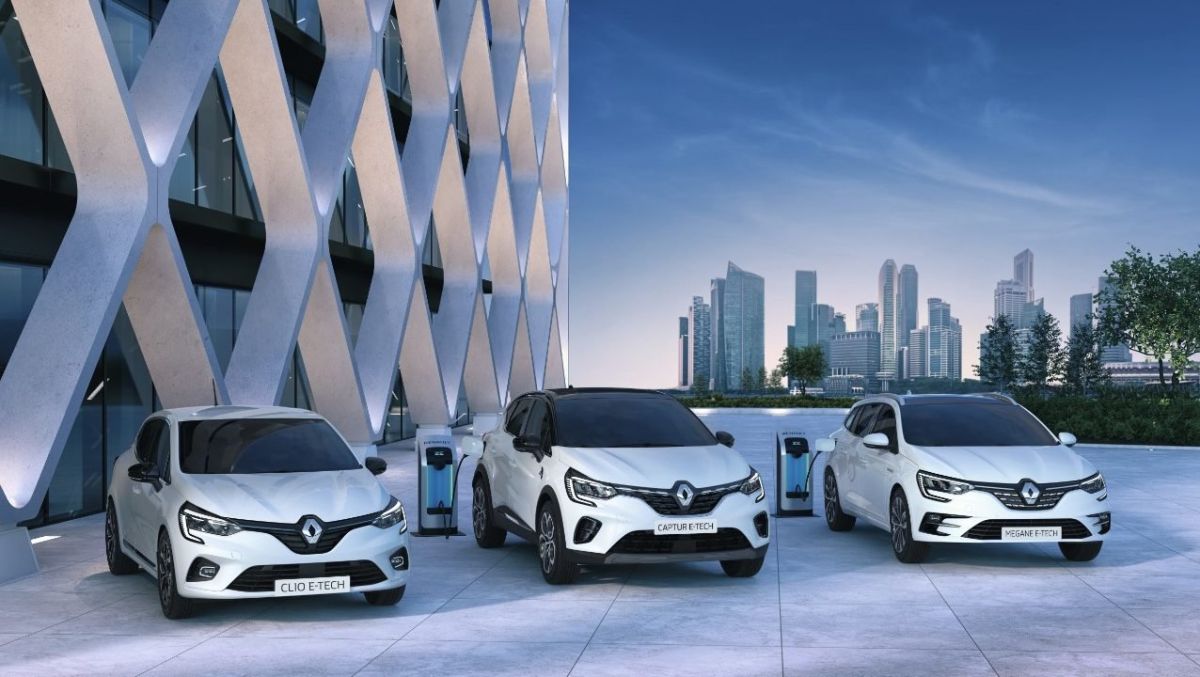One of the primary issues currently highlighted by European electric vehicle manufacturers is the low consumer demand.
This can be attributed to various factors, with one of the most frequently mentioned being the pricing of eCars, which still significantly differs from the cost of combustion engine ones.
This is closely linked to the size of the models offered by manufacturers.
According to Deutsche Automobil Treuhand (DAT) as reported by Mobility Portal Europe, in Germany, for instance, most manufacturers focused on larger cars rather than smaller vehicles.
This decision was based on the belief that consumers would prefer larger cars and be willing to pay a premium price for them.
“Now we are seeing that many buyers are looking for smaller and more affordable cars, and German manufacturers don’t have an answer for that,” asserts DAT.

One producer addressing this trend is Volkswagen, which has announced the reintroduction of one of its small electric models, the ID. 2all.
The German automaker will launch this model with prices starting below 25,000 euros.
This vehicle will have a range of up to 450 kilometers, offering the spaciousness of a Golf and the affordability of a Polo.
“But it will arrive in 2026, not now when everyone is looking for more affordable vehicles,” highlights DAT.

Another manufacturer following this trend is the French Renault with its model 5 E-Tech.
This model, an icon from the 1980s, is making a comeback to democratize eCars.
This B-segment electric utility vehicle, manufactured entirely in Europe, will have a starting price of around 25,000 euros and is expected to be available for sale by the end of this year.
Conversely, some manufacturers are backtracking on their battery electric vehicle (BEV) production plans, jeopardizing Europe’s climate goals.
A case in point is the German brand Mercedes-Benz.
Recently revealed information indicates that the company has scaled back expectations regarding the transition to electromobility.
By 2030, the automaker now anticipates that only around 50 per cent of sales will be attributed to electric and hybrid vehicles.
According to the brand’s provided information, it is expected that one in every five cars this year will have a battery propulsion system and it would continue to enhance its combustion engine models.
As per data published by Transport&Environment (T&E), since 2018, car manufacturers have introduced only 40 small A and B segment BEVs compared to 66 larger D and E segment BEVs.
The focus on larger and premium models has resulted in elevated prices for electric vehicles in Europe.
Consequently, the average price in most parts of the continent remains high even in compact segments: 34,000 euros (A), 37,200 euros (B), and 48,200 euros (C).
Moreover, T&E’s report highlights that the average price of a battery electric car has increased by 39 percent since 2015, while in China, it has decreased by 53 percent.
This is attributed to the European manufacturers’ emphasis on larger cars and SUVs, which carry a premium.
“By prioritizing new models in the larger, more premium D and E sizes, automakers are slowing down the mass BEV market to maximize short-term profits,” asserts the association.
Despite the lack of affordable models, the market share of battery electric vehicles in the European Union (EU) grew by 2.5 percentage points to 14.6 percent in 2023.
In January 2024 alone, sales of new BEVs increased by 28.9 percent to 92,741 units, representing a total market share of 10.9 percent (compared to 9.5 percent in January 2023).
The four largest markets in the region are Belgium, the Netherlands, France, and Germany, together covering 66 percent of all BEV registrations.
Meanwhile, plug-in hybrid electric vehicles increased by 23.8 percent to 66,660 units.
As a result, plug-in hybrid electric cars now account for 7.8 percent of total car sales in the EU, according to data published by the European Automobile Manufacturers’ Association (ACEA).








